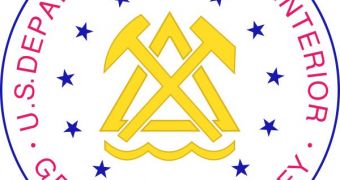After conducting arguably the most comprehensive geological study ever carried out in Afghanistan, an international collaboration of scientists determined that the country's underground is very rich in various resources. Using these riches could contribute to moving the Middle Eastern nation forward.
This work was carried out by researchers with the Afghan Geological Survey (AGS), the United State Geological Survey (USGS), as well as the US Department of Defense (DoD). A large number of areas of high mineral potential were discovered throughout the country.
Some of the most widespread riches include rare-Earth elements (RER), iron, copper and gold, among others. Development of these resource deposits will enable the Afghan Government to move forward with developing the country economically, moving it away from its dark past.
Funds for this study were made available through the DoD Task Force for Business and Stability Operations (TFBSO), which asked the USGS and AGS to work together on compiling a comprehensive survey between 2009 and 2011.
According to officials from the USGS, a total of 24 resource formations were analyzed by the American team. World-class deposits of copper and cobalt were discovered near Kabul, sporting incredible potential for economic development.
Central Afghanistan is now known for its iron-rich deposits, whereas the southeastern parts of the country boast significant copper and gold deposits. Additional, critically-important RER can be harvested from the southern parts of the country, in the Helmand Province.
“The USGS is exceptionally pleased by the contribution we have been able to make to future development of Afghanistan's world-class mineral resources, made possible through the application of modern remote-sensing tools,” explains Marcia McNutt, the director of the USGS.
“There is always increased risk for commercial ventures investing in new mining facilities in frontier areas such as Afghanistan, but by making information on the locations and estimated quantities and grades of ores publicly available, we lower that risk, spurring progress,” she adds.
The acting director of the TFBSO, Regina Dubey, agrees. “The mineral resources in Afghanistan have the potential to completely transform the nation’s economy,” the official believes.
“This important new work by the USGS will be a powerful tool for those attempting to accurately evaluate potential investments in Afghanistan,” Dubey concludes.

 14 DAY TRIAL //
14 DAY TRIAL //